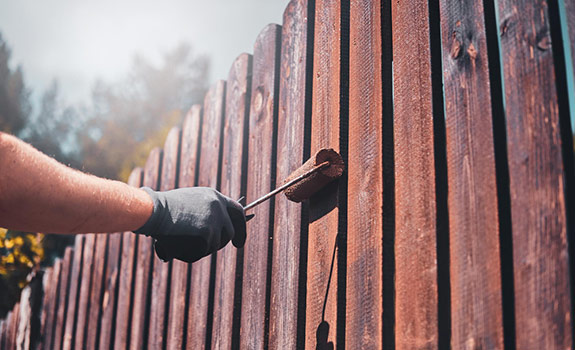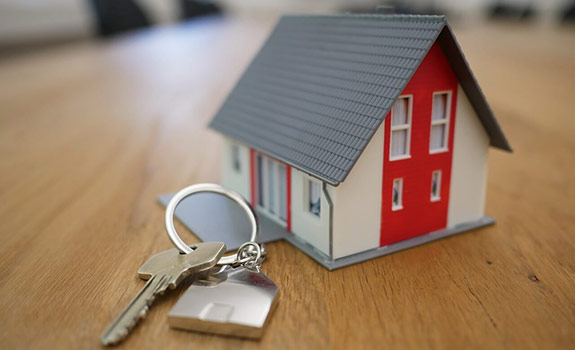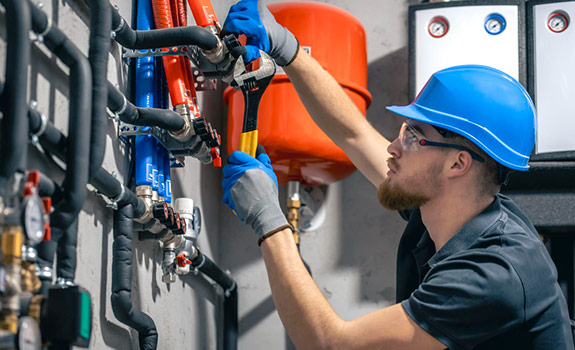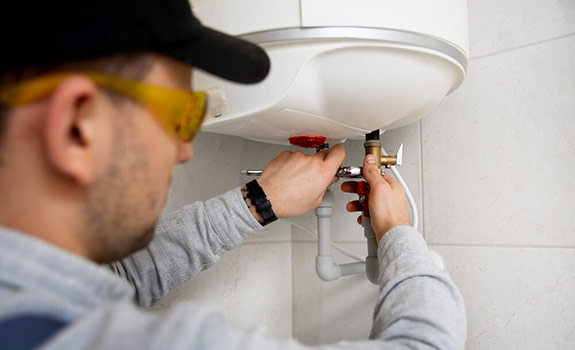A properly functioning furnace is essential for keeping your home warm and comfortable during the colder months. However, like any mechanical system, furnaces can experience issues that compromise their performance or lead to a complete breakdown.
Recognizing the warning signs of a failing furnace early can save you from unexpected disruptions, costly repairs, and the discomfort of a cold house in the middle of winter. Being proactive when it comes to your furnace’s health is the key to maintaining a safe and efficient heating system.

Inconsistent or Insufficient Heating
One of the first signs that your furnace may be in trouble is uneven heating throughout your home. If you notice some rooms are warmer than others or that the system struggles to maintain the desired temperature, it could indicate a problem with your furnace. In some cases, this issue may stem from blocked vents or leaky ductwork, but it often points to declining furnace performance.
Insufficient heating, where your furnace runs continuously but still can’t warm your home adequately, is another clear indicator that something is wrong. This might be due to a failing blower motor, clogged filters, or even an aging system that can no longer keep up with demand.
Unusual Noises Coming from the Furnace
Furnaces typically operate with a low-level hum, but if you begin to hear unusual or loud noises, it’s time to pay attention. Banging, rattling, or booming sounds could signal a variety of issues, including loose components, ignition problems, or buildup of dirt and debris within the system. A squealing noise often indicates a problem with the blower motor or a worn-out belt. These sounds shouldn’t be ignored, as they often precede more serious malfunctions. Addressing the cause of these noises promptly can prevent further damage and avoid costly repairs.
Frequent Cycling On and Off
Short cycling, where your furnace turns on and off more frequently than usual, is another warning sign of potential trouble. This issue is often caused by a malfunctioning thermostat, poor airflow, or an overheating furnace. Frequent cycling not only reduces the system’s efficiency but also places additional wear and tear on the components, shortening the furnace’s lifespan. If your furnace is cycling on and off repeatedly, it’s essential to have it inspected by a professional technician to identify and resolve the underlying problem.
Increasing Energy Bills
A sudden or unexplained increase in your energy bills can be a sign that your furnace is no longer operating efficiently. As furnaces age, they become less effective at converting fuel into heat, leading to higher energy consumption. Dirty filters, worn-out components, or improper airflow can exacerbate the problem. If your energy costs are rising but your heating habits haven’t changed, your furnace may be struggling to perform and could be on the verge of failure.
Yellow Burner Flame
The color of your furnace’s burner flame can reveal important information about its condition. A healthy furnace typically produces a blue flame, which indicates efficient and clean combustion. If the flame appears yellow or flickering, it may indicate incomplete combustion or the presence of carbon monoxide.
Carbon monoxide is a dangerous, odorless gas that poses serious health risks. A yellow flame could be caused by a dirty burner, a clogged vent, or other issues that require immediate attention from a professional HVAC technician.
Poor Indoor Air Quality
Your furnace plays a significant role in maintaining the air quality in your home. If you begin to notice an increase in dust, allergens, or dry air, it could indicate that your furnace is not operating effectively. Clogged filters or dirty components can cause particles to circulate throughout your home, reducing air quality and potentially aggravating allergies or respiratory issues.
A malfunctioning furnace may also struggle to maintain proper humidity levels, leading to dry skin, irritated eyes, and static electricity. Regular maintenance and filter changes can help improve air quality, but persistent issues may require a closer look at the furnace itself.
Unpleasant Odors
Foul or unusual odors coming from your furnace can be a sign of trouble. A burning smell when the furnace first turns on is often due to dust burning off after a period of inactivity and is usually harmless. However, persistent or strong odors, such as a metallic, chemical, or rotten egg smell, may indicate more serious problems. These could include overheating components, gas leaks, or electrical issues. If you notice a gas-like odor, it’s critical to turn off the furnace immediately, evacuate your home, and contact a professional to inspect the system and ensure your safety.
Frequent Repairs
If your furnace has required multiple repairs in a short period, it could be a sign that it’s nearing the end of its lifespan. While occasional repairs are normal, frequent breakdowns indicate that the system may no longer be reliable. Continuously investing in repairs for an old or failing furnace can quickly become more expensive than replacing it with a new, energy-efficient model. A professional assessment can help you determine whether it’s more cost-effective to repair or replace your furnace.
Thermostat Issues
Your furnace and thermostat work together to regulate your home’s temperature. If your thermostat isn’t responding correctly or your furnace doesn’t turn on when it should, the issue could lie with either component. A faulty thermostat might send incorrect signals to the furnace, causing inconsistent heating or failure to operate altogether. In some cases, recalibrating or replacing the thermostat can resolve the issue, but persistent problems may require an evaluation of the furnace itself.
Age of the Furnace
Age is one of the most significant factors in determining the likelihood of furnace trouble. Most furnaces have a lifespan of 15 to 20 years, depending on the model, usage, and maintenance history. If your furnace is approaching or exceeding this range, it’s more susceptible to breakdowns and decreased efficiency. Even if the system seems to be functioning well, upgrading to a newer, more energy-efficient model can save you money on energy bills and provide better overall performance.
Last Word
Your furnace is an essential part of your home’s comfort and safety, especially during the colder months. Recognizing the warning signs of trouble, such as inconsistent heating, unusual noises, frequent repairs, and rising energy bills, can help you address issues before they escalate. Regular maintenance, timely repairs, and professional inspections are key to extending the life of your furnace and ensuring it operates efficiently.
If your furnace is showing signs of serious trouble, consulting an HVAC professional can help you determine the best course of action, whether it’s repair or replacement. Staying proactive with your furnace’s care will keep your home warm, safe, and comfortable for years to come.
Published in: Home advice | Author: Lynn










